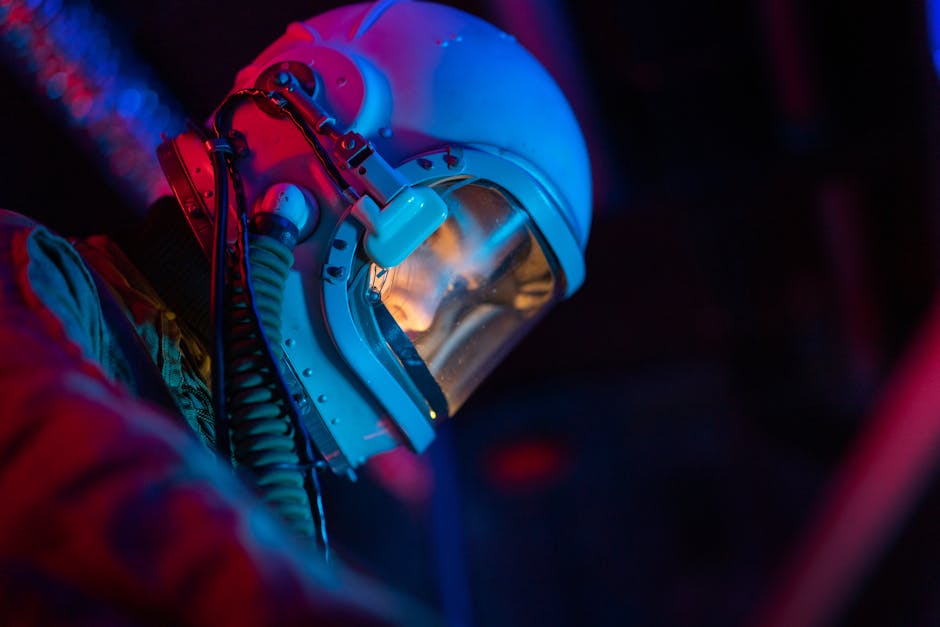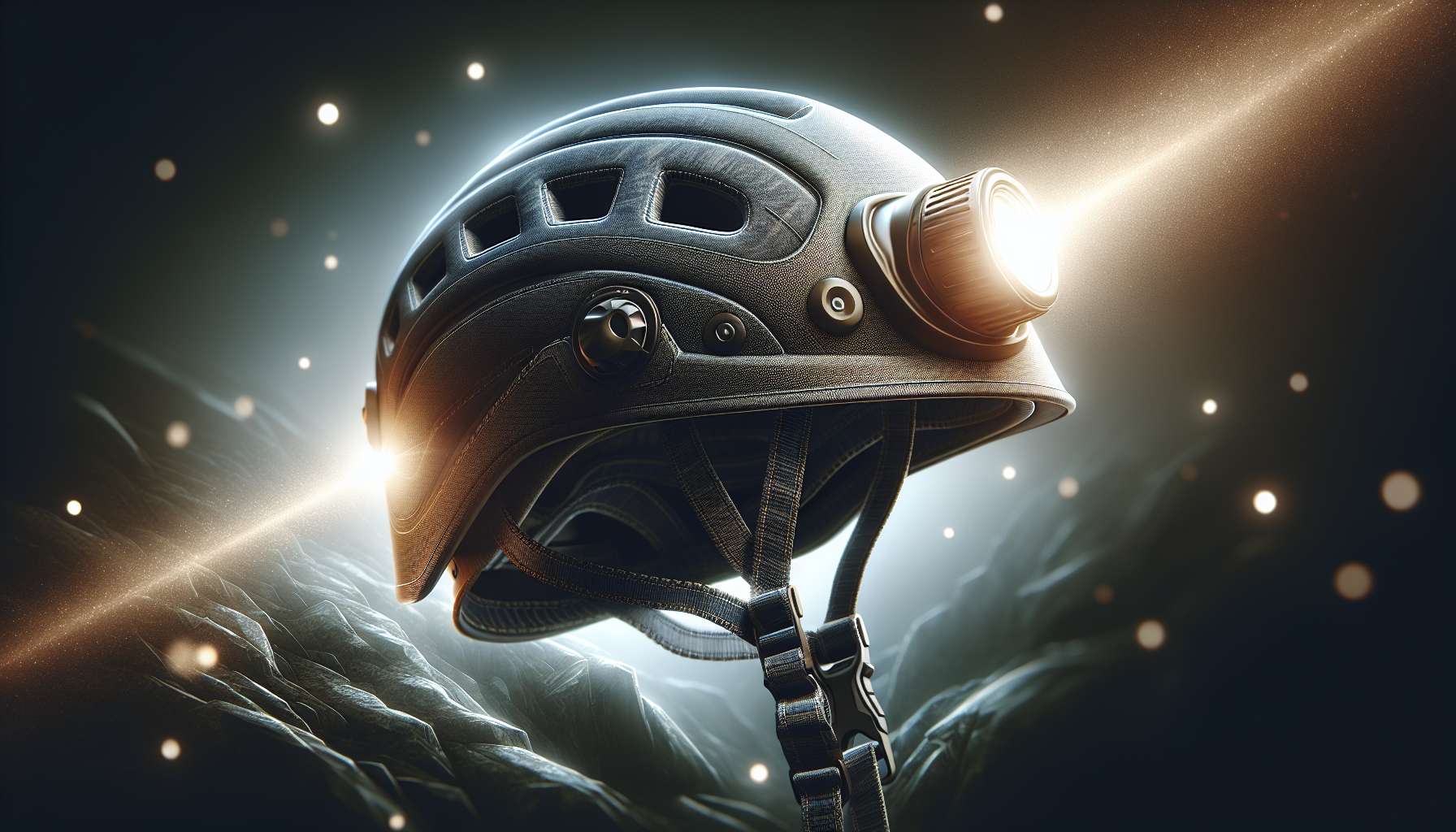Climbing Helmets with Integrated Lights: Illuminating Safety in the Vertical World
As climbers venture into the rugged terrain of mountains and cliffs, safety is paramount. In recent years, a new innovation has emerged to enhance safety in the vertical world – climbing helmets with integrated lights. These helmets not only provide protection for the head but also offer illumination to navigate through dimly lit environments. But what makes these helmets unique? How do they work? And what are the benefits and potential drawbacks of using them? Let’s delve into the world of climbing helmets with integrated lights to shed light on this fascinating topic.
The Evolution of Climbing Helmets
Before we explore the integration of lights into climbing helmets, it’s essential to understand the evolution of climbing helmets themselves. Climbing helmets have come a long way from their humble beginnings as simply a protective shell for the head. Early climbing helmets were made of hard plastic or fiberglass, offering basic impact protection. Over time, advancements in materials and design have resulted in helmets that are lighter, more comfortable, and better able to absorb impact forces.
One significant development in climbing helmets was the introduction of foam liners, which provide better energy absorption in the event of a fall. Ventilation systems have also been incorporated into modern helmets to help regulate temperature and prevent overheating during strenuous climbs. The integration of lights into climbing helmets represents the next step in this evolution, combining safety and visibility into a single piece of gear.
How Do Climbing Helmets with Integrated Lights Work?
Climbing helmets with integrated lights typically feature built-in LED lights that are powered by rechargeable batteries. These lights are strategically positioned on the helmet to provide optimal illumination without obstructing the climber’s vision. Some helmets have multiple lighting modes, allowing the user to adjust the brightness and beam pattern to suit different conditions.
The batteries are usually housed in a compartment within the helmet, either in the front or on the rear. Many helmets come with a USB charging port for easy recharging, making them convenient for extended climbing trips. The lights are operated using a simple control button located on the helmet, which allows the user to switch between modes and adjust the brightness as needed.
The Benefits of Climbing Helmets with Integrated Lights
There are several benefits to using climbing helmets with integrated lights, which make them a valuable addition to a climber’s gear arsenal. One of the primary advantages is improved visibility in low-light conditions. Whether climbing at dawn, dusk, or in dark environments such as caves or tunnels, the integrated lights provide essential illumination to help the climber navigate safely.
In addition to visibility, climbing helmets with integrated lights can also enhance communication between climbers. The bright beam of light from the helmet can make it easier for teammates to spot each other on the wall or communicate non-verbally using light signals. This can be especially useful in situations where verbal communication may be difficult or impossible.
Another benefit of climbing helmets with integrated lights is the convenience they offer. Rather than having to carry a separate headlamp or flashlight, climbers can rely on the integrated lights in their helmets to provide illumination. This reduces the amount of gear they need to carry and streamlines their equipment setup for a more efficient climbing experience.
Case Study: The Petzl BOREO Helmet

One example of a climbing helmet with integrated lights is the Petzl BOREO Helmet. This versatile helmet features a durable ABS shell for impact protection and a hybrid construction for lightweight comfort. The integrated headlamp offers multiple lighting modes, including proximity, movement, and distance vision, to adapt to various climbing scenarios.
The Petzl BOREO Helmet also includes a rechargeable battery with a long runtime, allowing climbers to use the integrated light for extended periods without needing to recharge. The helmet’s adjustable headband and comfortable foam pads ensure a secure and snug fit, even during long climbs. With its combination of safety, comfort, and illumination, the Petzl BOREO Helmet is a popular choice among climbers looking for a reliable and versatile helmet.
Future Implications of Climbing Helmets with Integrated Lights
As technology continues to advance, we can expect to see further innovations in climbing helmets with integrated lights. Manufacturers may explore new lighting technologies, such as brighter LEDs or longer-lasting batteries, to enhance the performance of these helmets. Additionally, improvements in design and materials may result in lighter and more durable helmets that offer even better protection and comfort.
Another area of potential development is the integration of smart features into climbing helmets, such as GPS tracking, communication systems, or biometric sensors. These features could provide climbers with valuable data and insights to enhance their safety and performance in the vertical world. While these advancements may still be on the horizon, they hold the promise of revolutionizing the way climbers approach safety and navigation.
Expert Opinions on Climbing Helmets with Integrated Lights
We reached out to several climbing experts to gather their insights on climbing helmets with integrated lights. According to renowned climber Alex Honnold, “Having an integrated light in your helmet can be a game-changer, especially during early morning or late evening climbs. It provides that extra level of visibility and safety that can make all the difference in challenging conditions.”
Professional climbing instructor Emily Harrington also shared her thoughts on the topic, stating, “I always recommend climbers invest in a helmet with integrated lights. It’s a small investment that can have a big impact on your safety and comfort while climbing. Plus, it’s one less piece of gear to worry about losing or forgetting at home.”
Conclusion
To wrap things up, climbing helmets with integrated lights represent a significant advancement in climbing safety and visibility. By combining essential head protection with built-in illumination, these helmets offer climbers a versatile and convenient solution for navigating challenging environments. Whether climbing at dawn, dusk, or in dark caves, integrated lights provide crucial visibility to enhance safety and communication among climbers.
As technology continues to evolve, we can expect to see further innovations in climbing helmets with integrated lights, including improvements in lighting technology, design, and smart features. These advancements have the potential to revolutionize the way climbers approach safety and navigation in the vertical world, opening up new possibilities for exploration and adventure.
Whether you’re a seasoned climber or just starting out, consider investing in a climbing helmet with integrated lights to enhance your safety and visibility on the rock. With the right gear and the right mindset, you can tackle any challenge that comes your way and experience the thrill of climbing to new heights.




